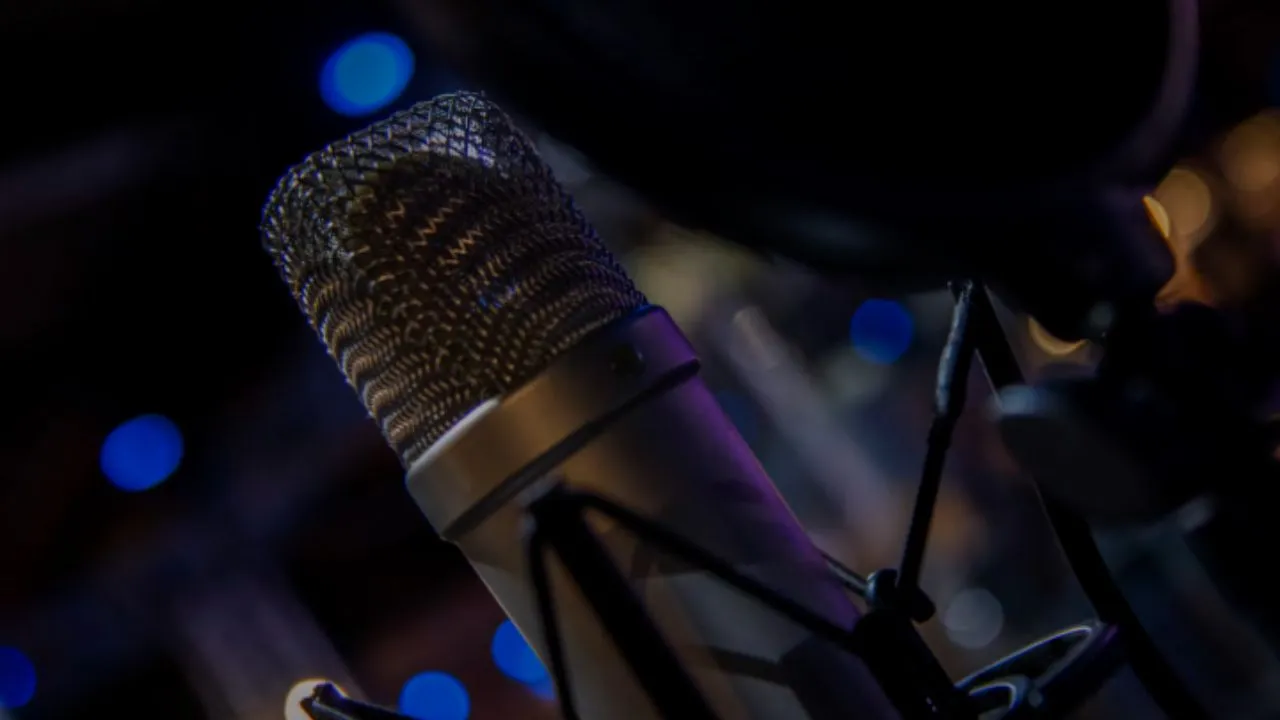This Post may contain affiliate links, when you purchase through links on our site, we may earn an affiliate commission at no extra cost to you. Here’s how it works.
Ever recorded an amazing podcast episode, only to find your voice sounds muddy, harsh, or thin? Proper EQ (equalization) is the secret to a clear, professional-sounding podcast.
Good EQ enhances clarity, warmth, and intelligibility, ensuring your voice stands out without distractions.
A deep dive into EQ fundamentals, step-by-step adjustments, best practices, and troubleshooting tips to help you achieve the best possible sound.
1. What Is EQ and Why Is It Important for Podcasts?
- Definition of EQ (Equalization): Adjusting frequencies to improve audio balance.
- How EQ enhances podcast audio:
- Removes unwanted noise and muddiness.
- Makes vocals stand out clearly in the mix.
- Provides a more natural and professional sound.
- The role of EQ in post-production vs. live recording:
- Post-production EQ for flexibility in fine-tuning.
- Live EQ for real-time voice improvement.
- Common misconceptions about EQ:
- More EQ ≠ means better sound.
- Fixing audio issues at the source is always preferable.

2. Understanding the Vocal Frequency Spectrum
To EQ effectively, you need to know how different frequencies affect the human voice.
| Frequency Range | Effect on Vocals |
|---|---|
| 20Hz – 80Hz | Core vocal presence, is important for clarity. |
| 80Hz – 250Hz | Adds warmth, but too much creates muddiness. |
| 250Hz – 500Hz | Affects the “body” of the voice, excessive boost can sound boxy. |
| 500Hz – 2kHz | Core vocal presence is important for clarity. |
| 2kHz – 5kHz | Adds definition and intelligibility. |
| 5kHz – 10kHz | Brings brightness and air, but too much causes harshness. |
| 10kHz – 20kHz | Adds sparkle and clarity but can make sibilance worse. |
High-Pass Filter (HPF) & Low-Pass Filter (LPF):
- HPF: Cuts unnecessary low-end noise like mic handling, plosives, and room rumble.
- LPF: Can be used to tame excessive brightness or hiss.
3. Setting Up Your Podcast Recording for the Best EQ Results
Before touching the EQ, set yourself up for success:
A. Choosing the Right Microphone
- Dynamic vs. Condenser Mics: Which one suits your voice and environment?
- Popular podcasting mics: Shure SM7B, Rode NT1, Audio-Technica AT2020, etc.
B. Proper Mic Positioning and Technique
- Optimal distance from the microphone (6-12 inches for most mics).
- Using a pop filter to reduce plosives.
- Avoid common mistakes (breathing directly into the mic, speaking off-axis).
C. Recording in an Ideal Environment
- Acoustic treatment: Reducing reflections and reverb.
- Best settings for recording software (DAWs like Audacity, Adobe Audition, Reaper).
4. Step-by-Step EQ Process for a Professional Podcast Sound
Step 1: Apply a High-Pass Filter (HPF)
- Cuts frequencies below 80Hz-100Hz to remove low-end rumble.
- Helps clean up room noise without affecting vocal tone.
Step 2: Identify and Cut Problem Frequencies (Subtractive EQ)
- Remove muddiness (200Hz-400Hz).
- Tame nasal tones (800Hz-1kHz).
- Reduce harshness (3kHz-5kHz).
- Avoid overcutting: Balance is key!
Step 3: Enhance Presence and Warmth (Additive EQ)
- Boost clarity (1kHz-3kHz) to improve intelligibility.
- Increase warmth (150Hz-250Hz) carefully if needed.
Step 4: Address Sibilance and Harshness
- Sibilance (5kHz-10kHz) can make “S” and “T” sounds too sharp.
- Use a de-esser plugin or gentle EQ cut to control it.
Step 5: Add Air and Brightness
- A small boost around 10kHz-15kHz adds a crisp, professional shine.
- Be careful not to introduce excessive hiss.
Step 6: Fine-tune and A/B Test Your Adjustments
- Listen on different devices (headphones, speakers, phone).
- Compare with professional podcast recordings.
- Adjust accordingly to keep the voice natural.
5. Advanced EQ Techniques for Different Podcasting Scenarios
A. EQ Settings for Different Microphone Types
- Dynamic mics (Shure SM7B, Rode PodMic): Need more presence boost.
- Condenser mics (Rode NT1, Neumann TLM 103): Usually brighter, may need taming in highs.
B. Customizing EQ for Different Vocal Types
- Deep voices: Cut excessive low end to avoid boominess.
- Thin voices: Slightly boost lower mids for warmth.
C. EQ Adjustments for Remote vs. Studio Podcasting
- Remote calls (Zoom, Riverside.fm): Reduce room echo and harshness.
- In-studio: Focus on clarity and natural tone.
6. Common EQ Mistakes and How to Avoid Them
- Over-EQing: Making too many drastic cuts/boosts.
- Not fixing audio issues at the source.
- Ignoring the importance of compression (EQ works best when paired with compression).
- Using EQ presets without customization (every voice is unique).
7. Recommended Tools and Plugins for EQing Podcasts
Free and Paid EQ Plugins:
- Stock DAW EQs (Audacity, Reaper, Adobe Audition).
- Premium EQs: FabFilter Pro-Q3, Waves REQ, iZotope Neutron.
Best DAWs for Podcast Editing:
- Free: Audacity, GarageBand.
- Paid: Adobe Audition, Reaper, Logic Pro.
Tips & Best Practices for Podcast EQ
- Always record clean audio before applying EQ.
- Make small adjustments—subtle changes make a big difference.
- Use reference podcasts to compare sound quality.
- Trust your ears—if it sounds good, it is good!
